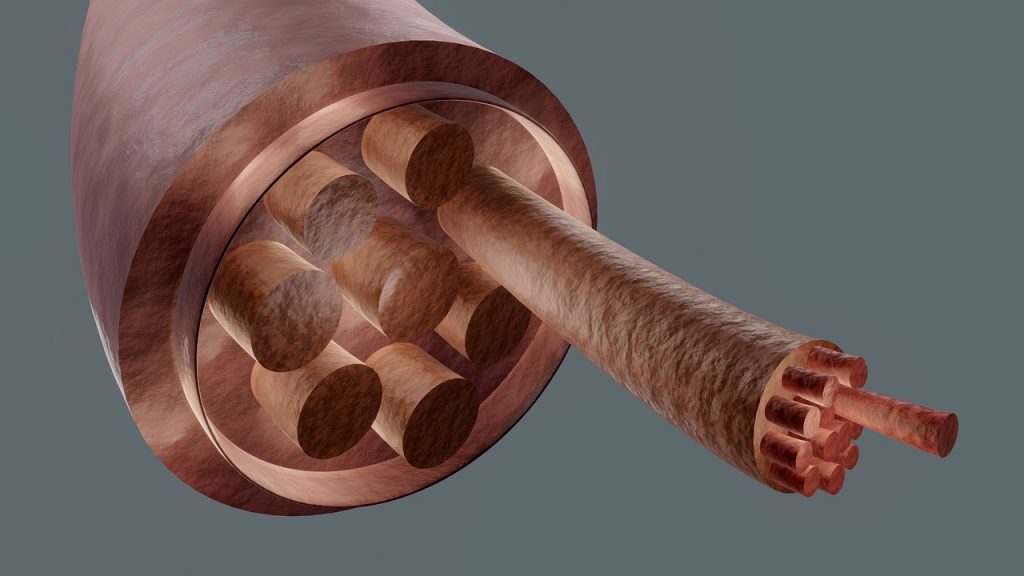
A recent report by scientists from the University of Ottawa, published in the journal Science, reveals a unique cellular interaction that promotes muscle tissue repair. The findings demonstrate that hyaluronic acid plays a key role in this connection.
Muscle stem cells (MuSC) realize their regenerative function thanks to the special niche in which they reside. Immune cells are known to infiltrate the same niche in response to damage; however, the way muscle stem cells adapt to an altered environment has been questioned. Effective repair requires the synergistic action of both muscle and immune cells. The authors of the study found that it is hyaluronan that enables such cell-to-cell communication in the regeneration process.
In response to muscle tissue damage, the task of immune cells is to promptly enter the tissue and cope with the damage before the stem cells begin to regenerate. As the immune cells begin to work, the muscle stem cells receive a signal to produce hyaluronic acid. Once the stem cells have sufficient coverage of hyaluronic acid, these cells begin their regeneration.
Other researchers are also convinced that hyaluronan is able to combine with cell surface receptors, which determines the process of tissue regeneration. The conclusions are based on the findings of the study. Cardiovascular diseases are accompanied by severe vascular damage, resulting in the need for transplantation. So, the researchers created biomimetic vascular grafts by combining native collagen and hyaluronic acid with degradable polymers. These polymers make vascular prostheses strong and elastic, thereby ensuring the restoration of tissue and its physiological functions.
The problem of generating sufficient amounts of hyaluronic acid is particularly relevant for elderly people, because the aging factor, accompanied by muscle weakness, chronic inflammation, and the low regenerative capacity of cells, significantly reduces the production of this natural substance, and thus the ability of cells to regenerate. The authors of the study are convinced that the regenerative function of hyaluronic acid directly depends on the quantity of its production by stem cells. With this in mind, the team’s future research aims to solve the problem of increasing hyaluronic acid production by muscle stem cells by using drugs that transform their epigenetics.